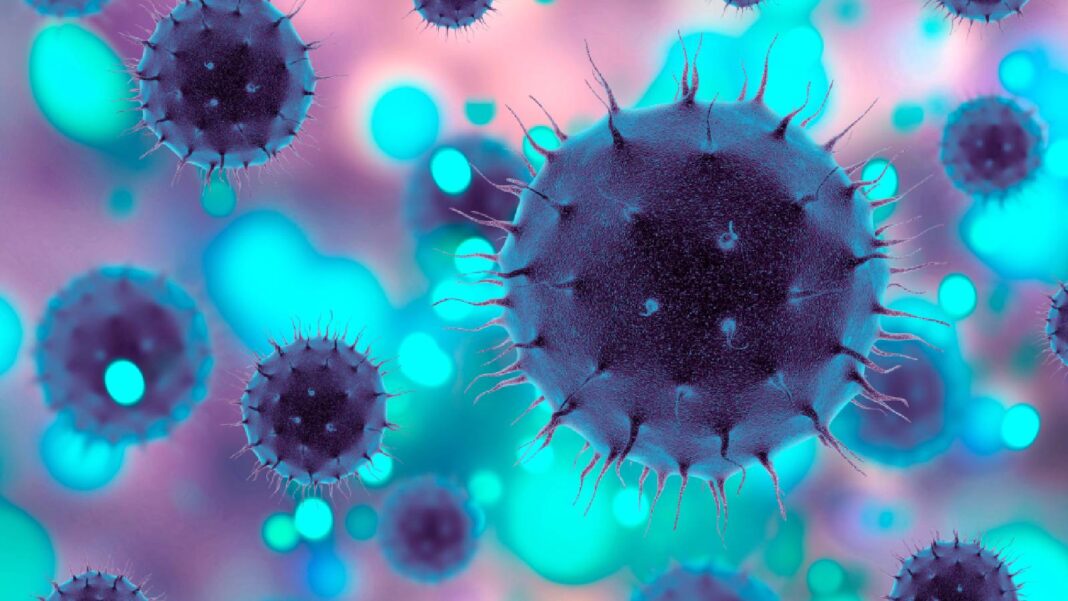Health Minister of Gujarat Rushikesh Patel recently confirmed that the Chandipura virus has infected 12 people and claimed 6 lives. Here’s everything you need to know about the virus.
As the horror of mosquito-borne disease begins to sweep the nook and corners of many states in India, a new virus breakout has also raised concerns. Chandipura virus has been speculated to be spreading in Gujarat since July 10 and has infected at least 12 people. Out of these cases, 6 of the infected children are said to have died. Chandipura virus is a type of viral infection that is mostly affecting children. Here’s everything you need to know about what it is and how dangerous it is.
What is Chandipura virus?
Chandipura virus is a type of arbovirus that is a member of the vesiculovirus genus of the Rheabdoviridae family. This virus was first identified in 1965 in the Chandipura village in Maharashtra, hence the name. While there have been other outbreaks of the disease, the latest has affected the state of Gujarat.

It is transmitted primarily through sand flies phlebotomy sand flies also sometimes through ticks and mosquitoes. It is not contagious and transmitted via vectors like mosquitoes, ticks, and sandflies, explains Infectious Disease Specialist Dr Charu Dutt Arora.
What are the symptoms of Chandipura virus?
The signs and symptoms of the virus may include:
- High-grade fever
- Diarrhea
- Stomach pain
- Vomiting
- Seizures
- Altered sensorium (change in mental status or consciousness)
Symptoms of the Chandipura virus, if left untreated can be extremely dangerous and even fatal.
Who is more prone to the infection?
The Chandipura virus mostly infects children, says Dr Arora. It can manifest itself in the form of flu-like fever, vomiting, loose motions, and stomach pain. It generally affects children aged 9 months to 12 years, especially in rural areas. Since it is highly progressive and there is no vaccine against the virus yet, it is being considered dangerous as of now.
“Kids are more prone to getting infected with the virus. The Chandipura virus is a newly discovered pathogen in India that can cause serious symptoms in children, including encephalitis. Children who develop the virus may have altered mental status, vomiting, high fever, and convulsions. The condition can move quickly, putting a person in a coma and possibly leading to the death. Children are especially susceptible because of their growing immune systems; outbreaks have mostly impacted individuals under the age of 15 years,” explains neonatologist and paediatrician Dr Shreya Dubey of CK Birla Hospital.
Is Chandipura virus dangerous?
It is a highly progressive virus that can lead to dire consequences. If left untreated, it could lead to acute encephalitis or swelling of the brain. These symptoms may also lead to death within 24 to 72 hours of the onset, warns Dr Dubey. You should visit the emergency or they should seek medical attention as early as possible. It is vital to get the symptoms evaluated as soon as you notice them.

Is there any treatment available for the virus?
Chandipura virus is a vector-borne disease that is rapidly progressive. While the symptoms of the virus progress at a rapid pace, no treatment as such could mitigate its effects. The vaccines for it are under trial and not available to use as of now. The best way to protect yourself against the disease is by taking appropriate precautions. Insecticide spray is one way to eliminate the vector, which can help you reduce your risk of getting infected.
It is important to be cautious and encourage everyone to follow preventive measures and contain the spread of vector-borne diseases.
Select Topics of your interest and let us customize your feed.








